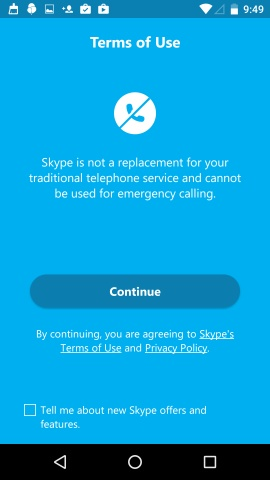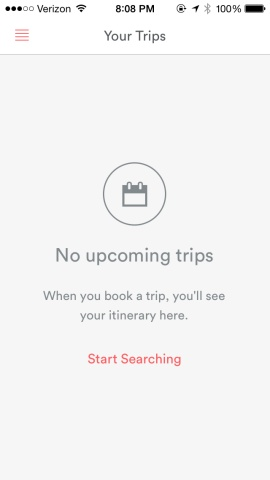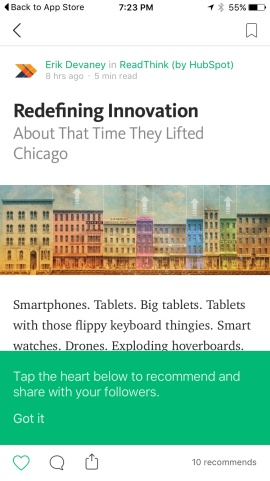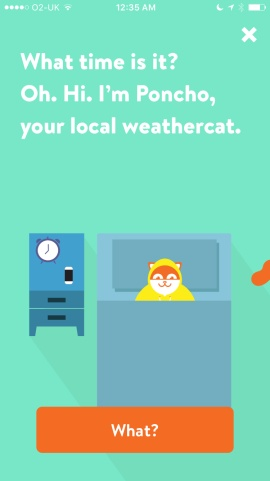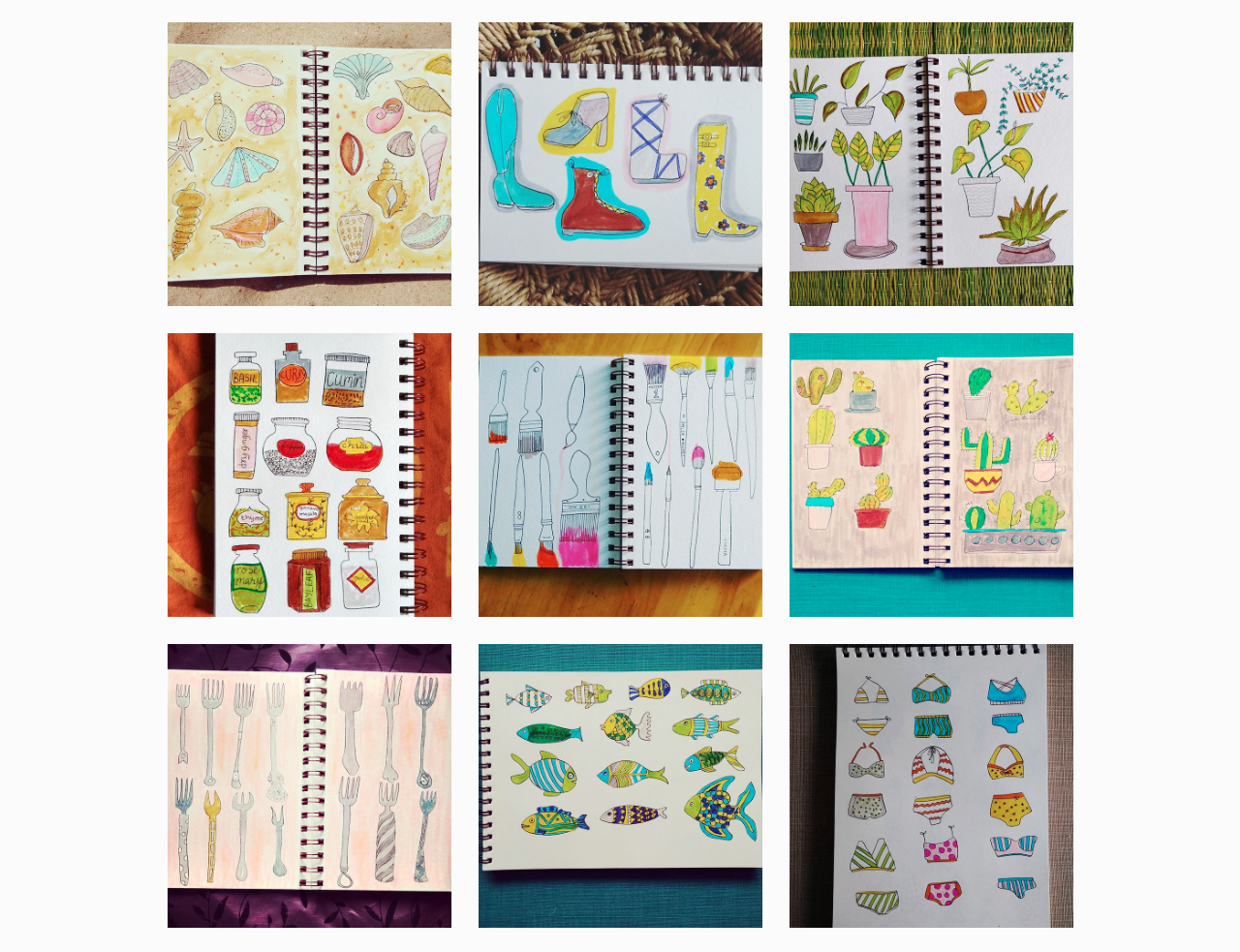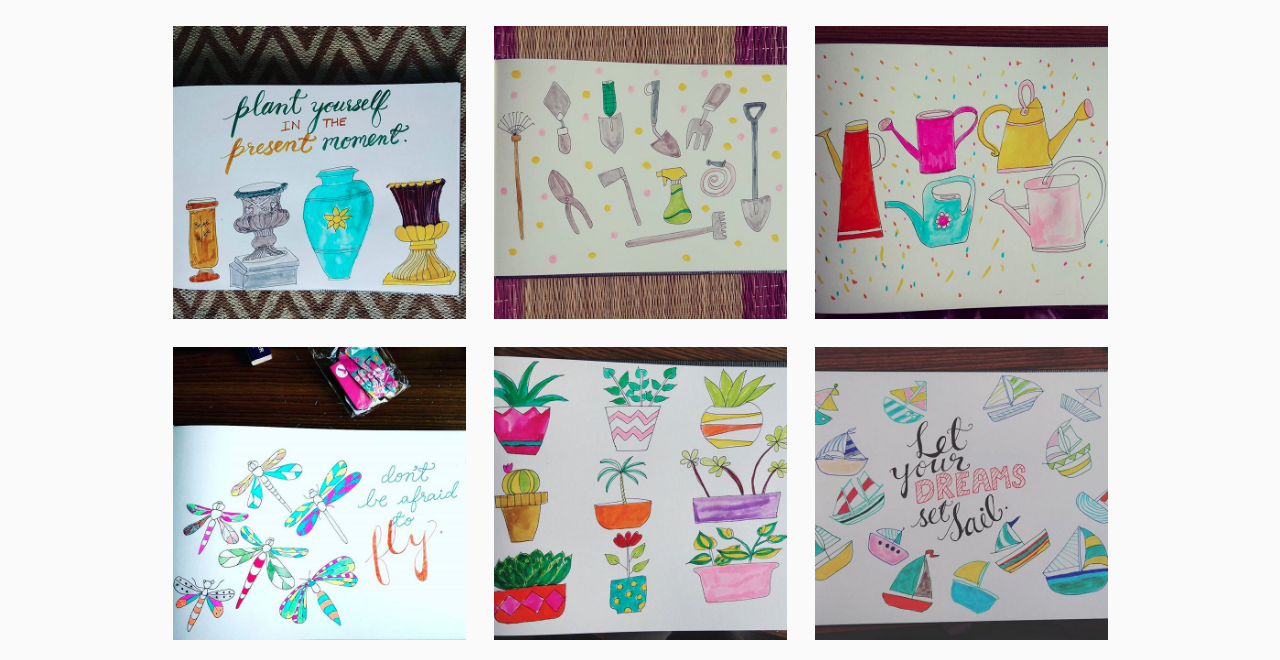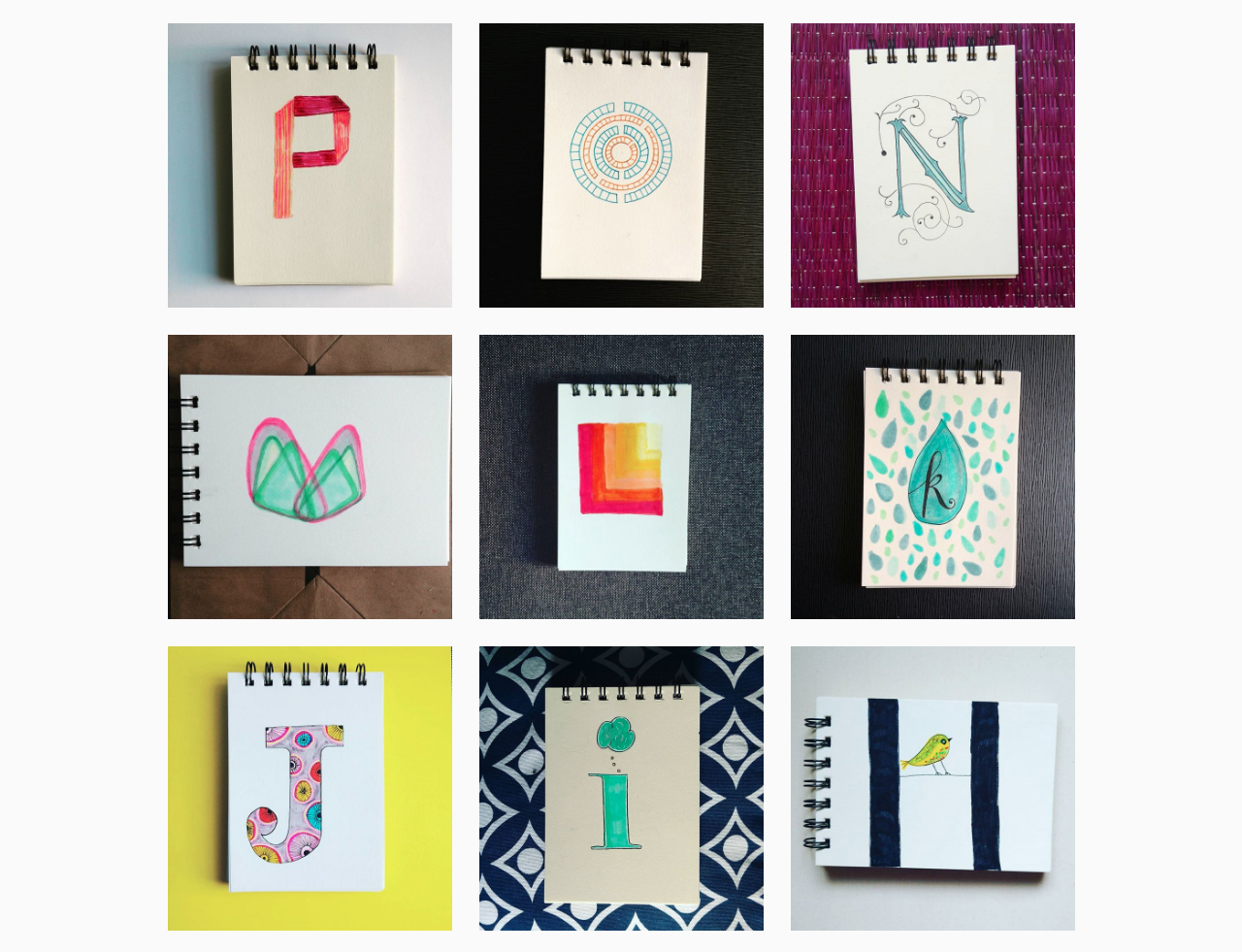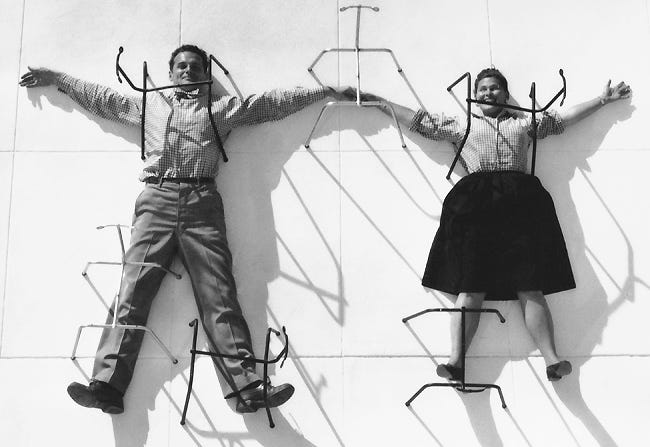May 31, 2020 - Comments Off on What I learned from white-boarding design challenges in interviews
What I learned from white-boarding design challenges in interviews
Whiteboard design exercises can be an intimidating step of the interview process. It can feel like you have been asked to 'perform' thinking. It might not be the way your everyday work happens, since the people you are facing are strangers and you aren't sure what they're looking for.
Here are some of my learnings from my own experiences in interviewing in recent times:
- Don't keep writing: I spent too much time writing about the problem before getting to sketching the solutions. Plan time carefully during the challenge.
- Talk and draw: I was thinking a lot but not sharing my thoughts to the people in the room. This is difficult to do so practice will help.
- Show, don't write: I kept writing down ideas before sketching them. People won't read your ideas and you need to visualize them. I like words and describing through words before I can get to the sketching part, but a white-boarding exercise does not allow for that much time.
- Feeling stuck: I was in an exercise where I was hungry and tired and just felt totally stuck on my solution. I didn't know how to move on from there and it showed. I think it would have helped to be aware that something like this can happen and be mentally prepared with a few ways to handle it - walk around, drink some water, ask more questions that can give you a different direction to explore. If you stare at the paper/whiteboard, it isn't helpful when you're stuck.
- Don't be so sure: When you are explaining your idea, don't think this is the best idea ever. Show that there are ways this idea might not work and talk about what kind of information and execution can make or break it. Being too sure shows you haven't thought through the journey this idea could take.
- Have a plan: The biggest problem I faced was the lack of a framework. Not knowing where to start or stop. Try a few frameworks while practising - like writing the why, who, what, how and then start sketching some ideas, write down the drawbacks and a reasoning to pick one or two to take forward. When you have a starting point, it is very helpful because then you can focus on the idea more.
- Warm up: Another practical thing that helped me is to warm up my sketching - especially in remote interviews where the 'whiteboard' I used was my iPad, I spent some time drawing circles, arrows and rectangles and also doing a trial exercise on my iPad, which helped me warm up for the interview itself.
- Cut yourself some slack: Be kind to yourself. Not everything is in your control in the interview set up. Know who you are and be confident in sharing your thinking. And when it feels like it didn't go great, immediately write down what you could have done better and move forward.
Is white-boarding the best way to assess someone's thinking? That's a matter for a different post.

